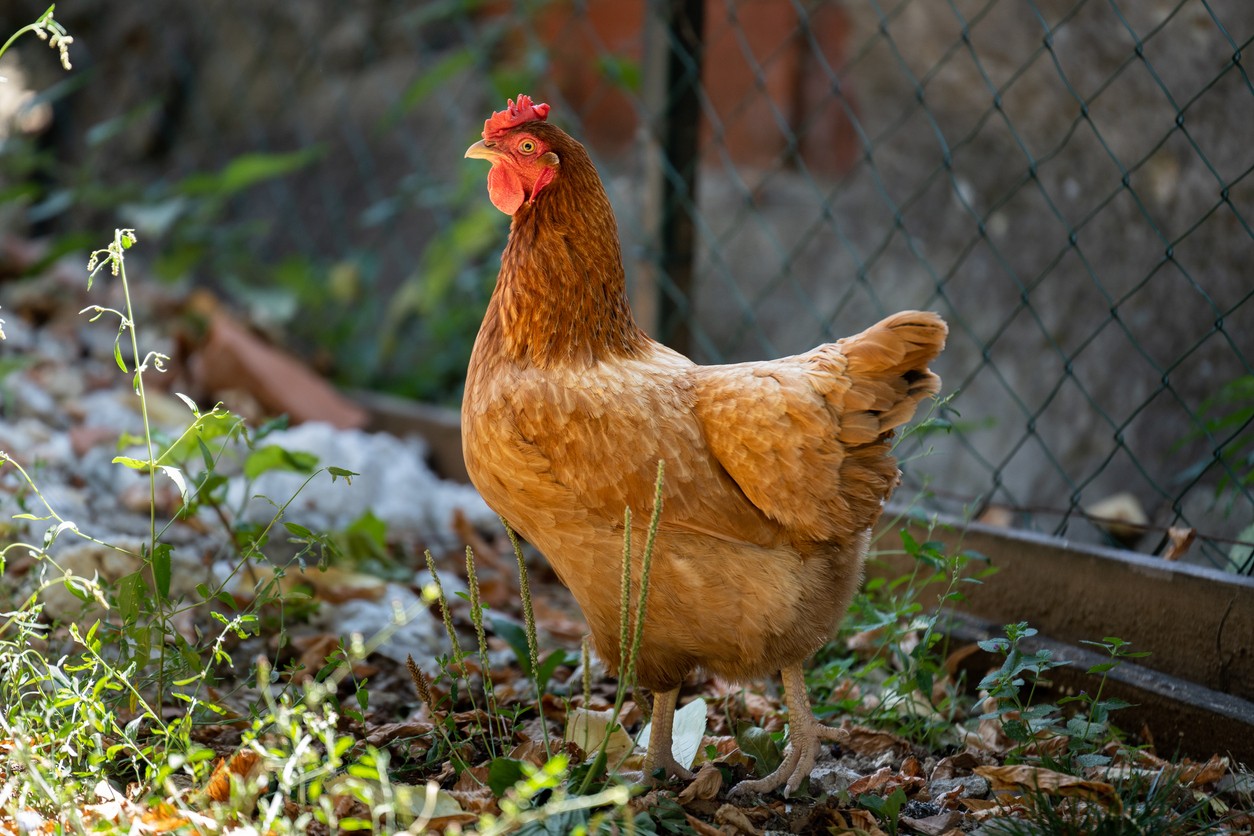10 Scientific Facts That Will Make You Question Everything

If you want to impress your friends or kids with random facts that sound as if they can’t possibly be true but in fact are, we’ve got you covered. From cannibal brains to the truth about hippos, radioactive fruits, and the real highest mountain in the world, get ready to provoke a lot of arguments—and prepare to be smug about being 100% right. “I told you so” will be your new catchphrase. Here are 10 scientific facts that will have your friends Googling “Is this true?” before you even get to the end.
RELATED: 25 Books That Will Make You Super Interesting.
1
Your Brain Is Eating Itself

Your brain is a cannibal, according to BBC Science Focus. “Your brain is constantly eating itself. This process is called phagocytosis, where cells envelop and consume smaller cells or molecules to remove them from the system. Don’t worry! Phagocytosis isn’t harmful, but actually helps preserve your gray matter.”
2
No Clock Is 100% Accurate

There is no clock on earth that is 100% correct, says the BBC. “Metrologists work very hard to keep time, using ever-finer technology to measure the passing of minutes, seconds and hours. However, while their atomic clocks are incredibly accurate, they’re not perfect. In fact, there is no clock on Earth that is entirely ‘correct’. The actual process of defining what time it is – right now – is based on lots of clocks, all keeping time around the world. National laboratories all send their time-keeping to the International Bureau of Weights and Measures in Paris, which then creates a weighted average. The time, therefore, is a human construct.”
3
Bananas Are Radioactive

Bananas are slightly radioactive due to containing the natural isotope potassium-40. “The most well known examples of naturally-occurring radionuclides in foods are bananas and Brazil nuts,” says the EPA. “Bananas have naturally high-levels of potassium and a small fraction of all potassium is radioactive. Consuming one banana would deliver a total dose of 0.01 millirem (0.1 microsieverts) of radiation. This is a very small amount of radiation. To put that in context, you would need to eat about 100 bananas to receive the same amount of radiation exposure as you get each day in the United States from natural radiation in the environment.”
Hippos Can’t Swim

They love the water and can even sleep in it, but hippos can’t swim. “Despite all these adaptations for life in the water, hippos can’t swim—they can’t even float!” according to the San Diego Zoo. “Their bodies are far too dense to float, so they move around by pushing off from the bottom of the river or simply walking along the riverbed in a slow-motion gallop, lightly touching the bottom with their toes, which are slightly webbed, like aquatic ballet dancers.”
5
Mount Everest Is Not the Tallest Mountain In the World

Depending on how you measure it, Mount Everest may not be the tallest mountain on earth. “Mount Everest is the place where the Earth’s surface is the greatest distance from sea level,” says Montana State University. “However, if you measured the mountain that is highest from top to bottom, in other words from its base on land to its highest point, then Mount McKinley in Alaska (also called Denali) would be the tallest. It rises about 18,400 ft/5,600 m from the ground below it. If you measured the mountain that is tallest from its base and included mountains that have a base underwater, then Mauna Kea in Hawaii would be the tallest. It is a volcano that has risen 33,464 ft/ 10,200 m/6.3 miles above the sea floor.”
6
Octopuses Don’t Have Tentacles

Octopuses technically have arms, not tentacles. “Octopus arms are completely unique. First off, there are eight of them, each with over 200 suckers that can feel, taste and smell the surroundings. And everything is moveable. The suckers can grasp, and the arms can twist in an almost limitless number of ways,” says Dr. Tamar Gutnick, an octopus researcher formerly at the Okinawa Institute of Science and Technology Graduate University (OIST).
Water Is Not Wet

Water is not wet—it makes things wet. “Technically, water isn’t wet because water is a wetting agent,” Dr. Diana Glick, professor and director of the Undergraduate Studies Department of Chemistry at Georgetown University, tells USA Today. “Water with water has a cohesive interaction,” explains Glick, “and if water is attracted to something else, then that’s called adhesive. This concept of wetting is actually, to a scientist, the adhesive side.”
8
A Chicken Can Live Without Its Head

A chicken once lived for 18 months without a head. “In the 1940s in the US, a chicken called Mike lived for 18 months without a head,” according to BBC Science Focus. “He had been almost completely beheaded with an axe, but crucially the jugular vein and most of the brainstem were left intact. This left just enough brain function for essential functions, like breathing, and Mike was fed with an eyedropper through the stump of his neck.”
9
Fruit Stickers Are Edible

Those little stickers on fruit are designed to be nontoxic, so technically you could eat them. “They can be ingested, but they are not delicious, and they will pass through without being digested,” Max Teplitski, PhD, the chief science officer at the International Fresh Produce Association (IFPA) tells Bon Appetit.
10
The Calm Before the Storm Is Real

The calm before the storm is more than just a saying. “It’s not just an old wives’ tale: under the right conditions, the calm before the storm really does exist,” says NASA Climate Science. “As a storm draws in warm, moist air — its fuel — from the surrounding atmosphere, it leaves a low-pressure area behind. Air is carried up into the storm cloud, and some of it is forced upwards by powerful drafts. These updrafts remove the hot air and push it out over the sides of the highest storm clouds, which can be up to 16 kilometers (10 miles) high. As the air then descends, it becomes warmer and drier and therefore more stable. It blankets the region below and stabilizes the air contained within, causing people within that region to notice a calm before the storm.”